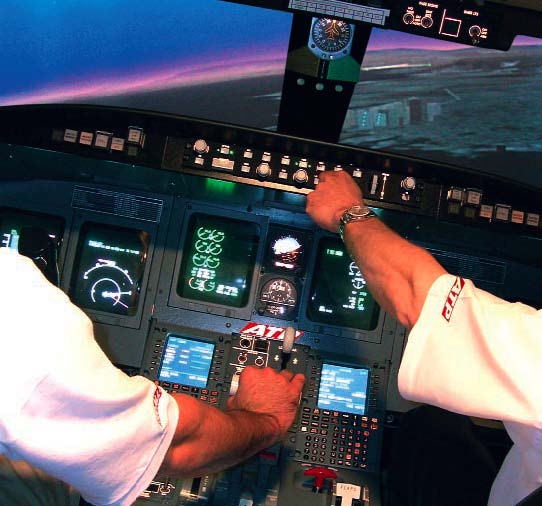
ATP’s Regional Jet Standards Certification Program has been helping pilots for many years make the transition from flying in the General Aviation environment to the type of flying and equipment used in the airlines. When these pilots have completed the RJ Program, we then arrange interviews for these graduates with the best regional airlines in this country and then help them prepare for the interviews.
Continue reading





